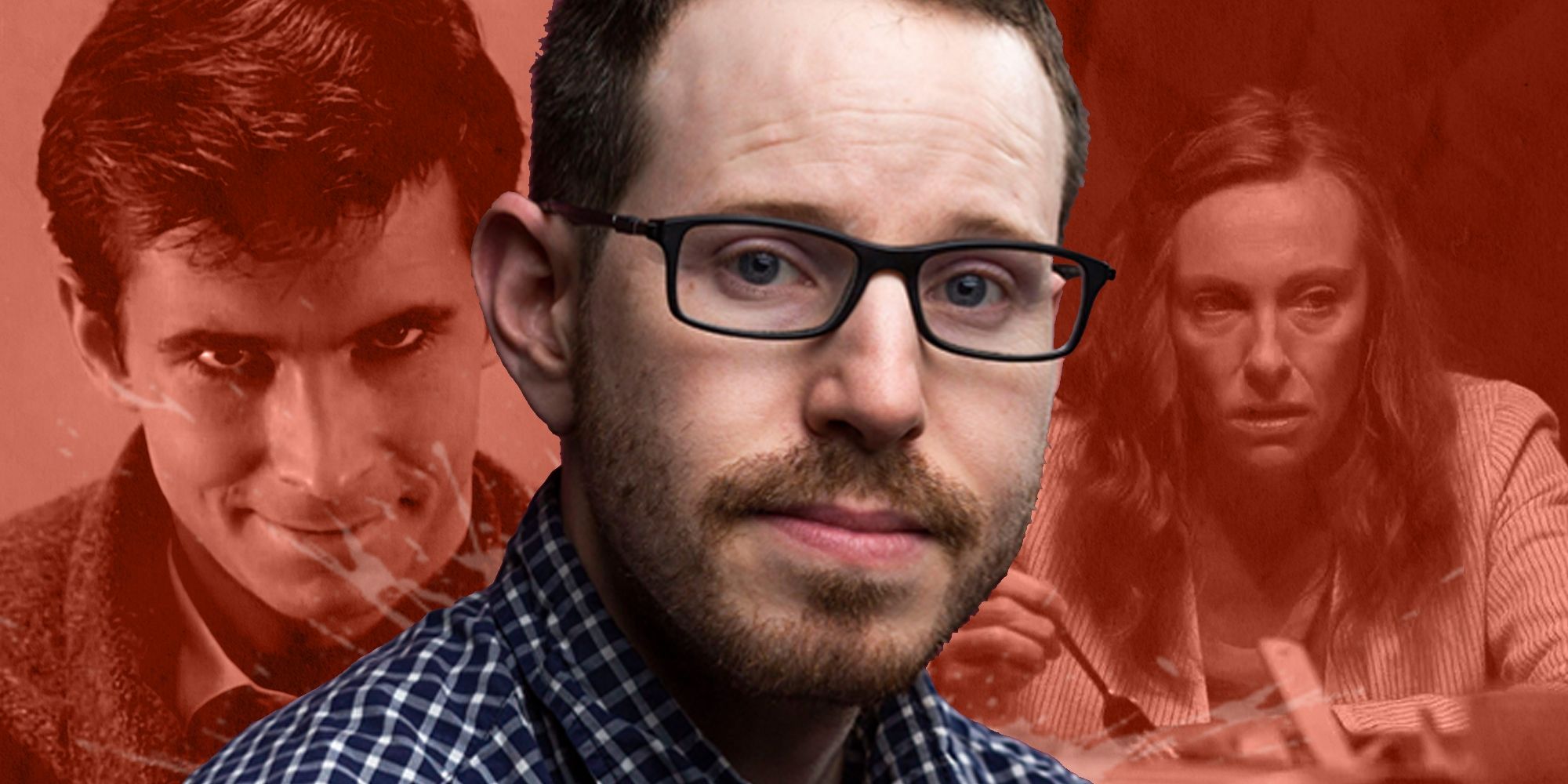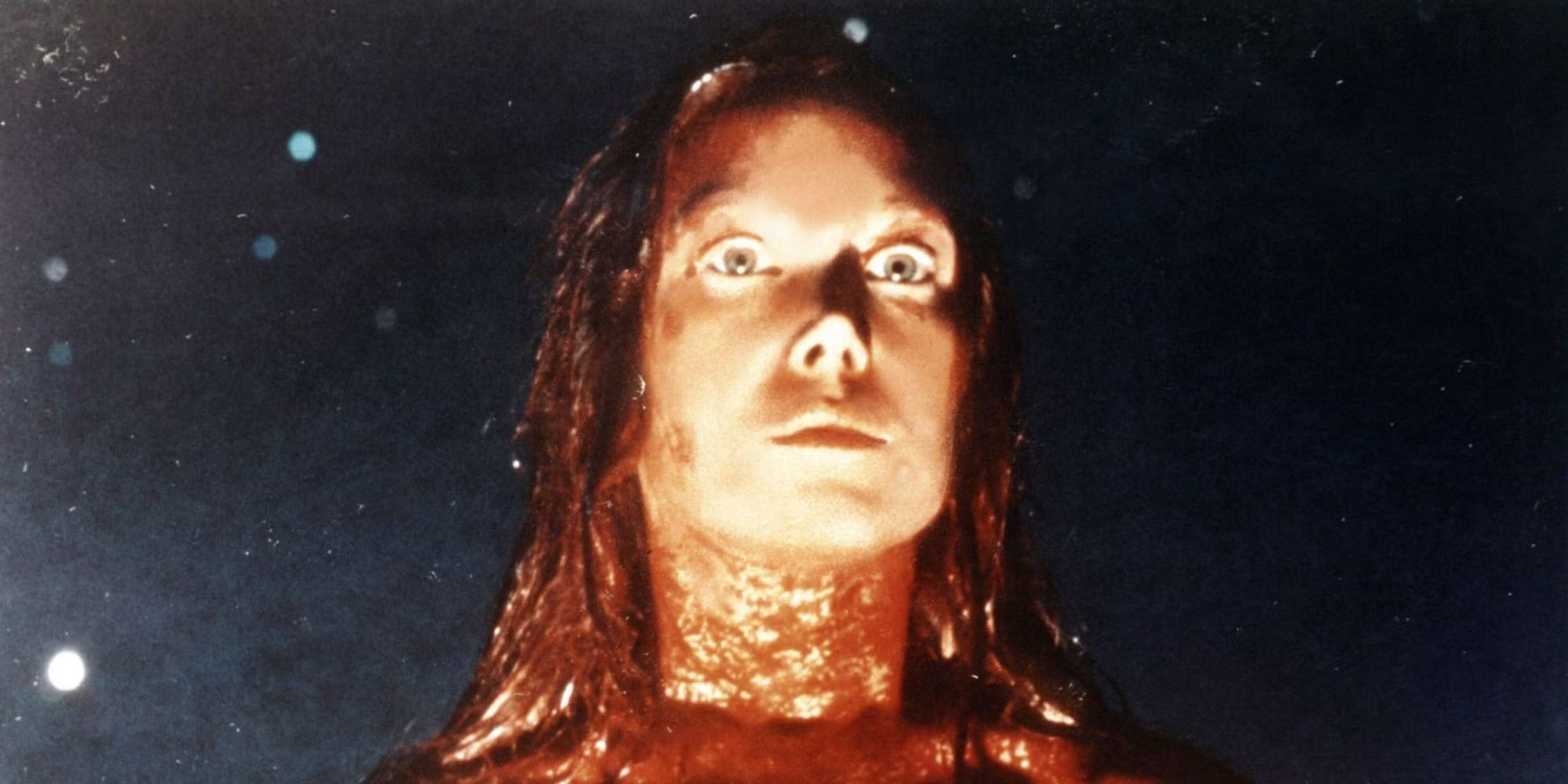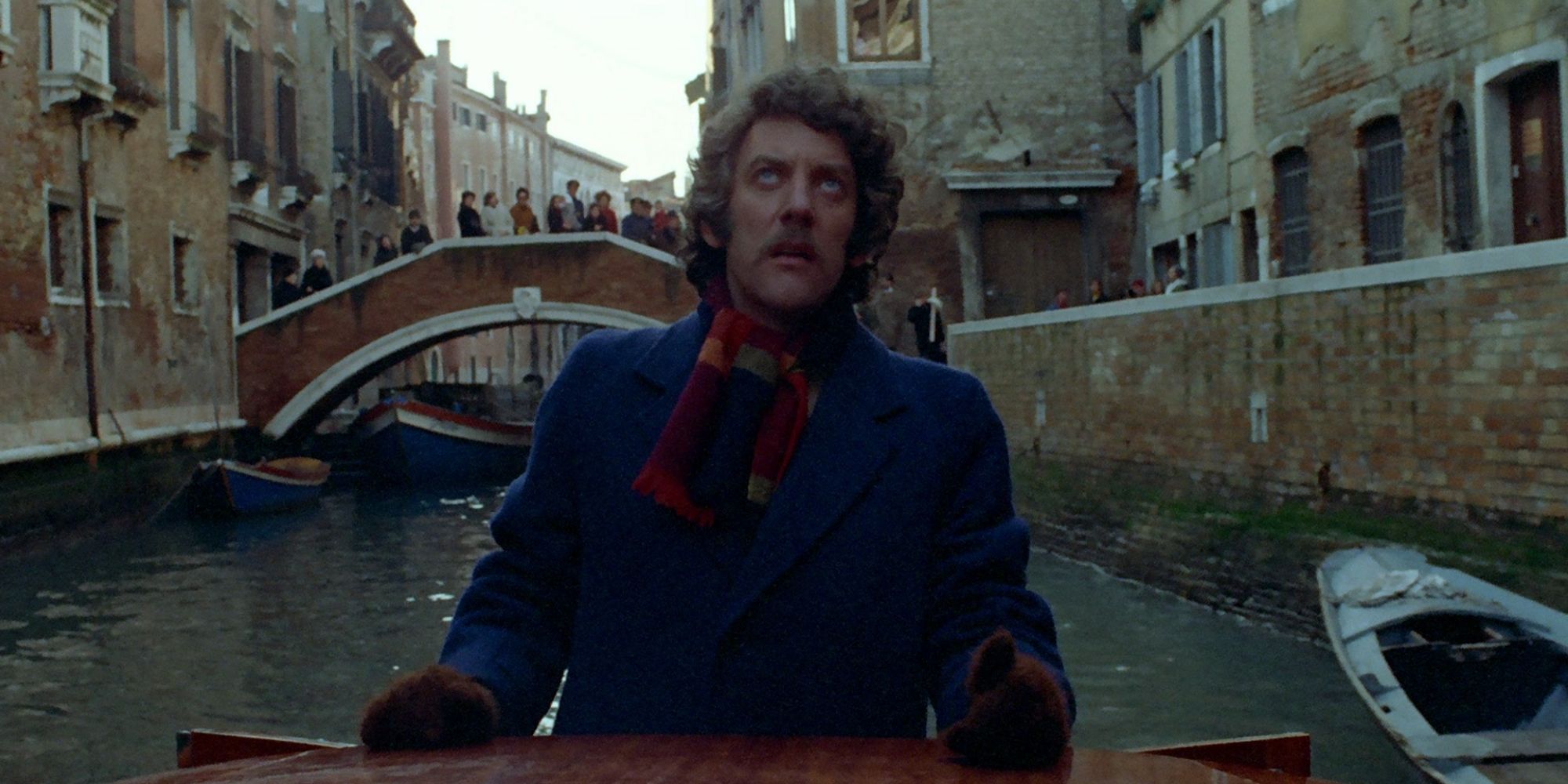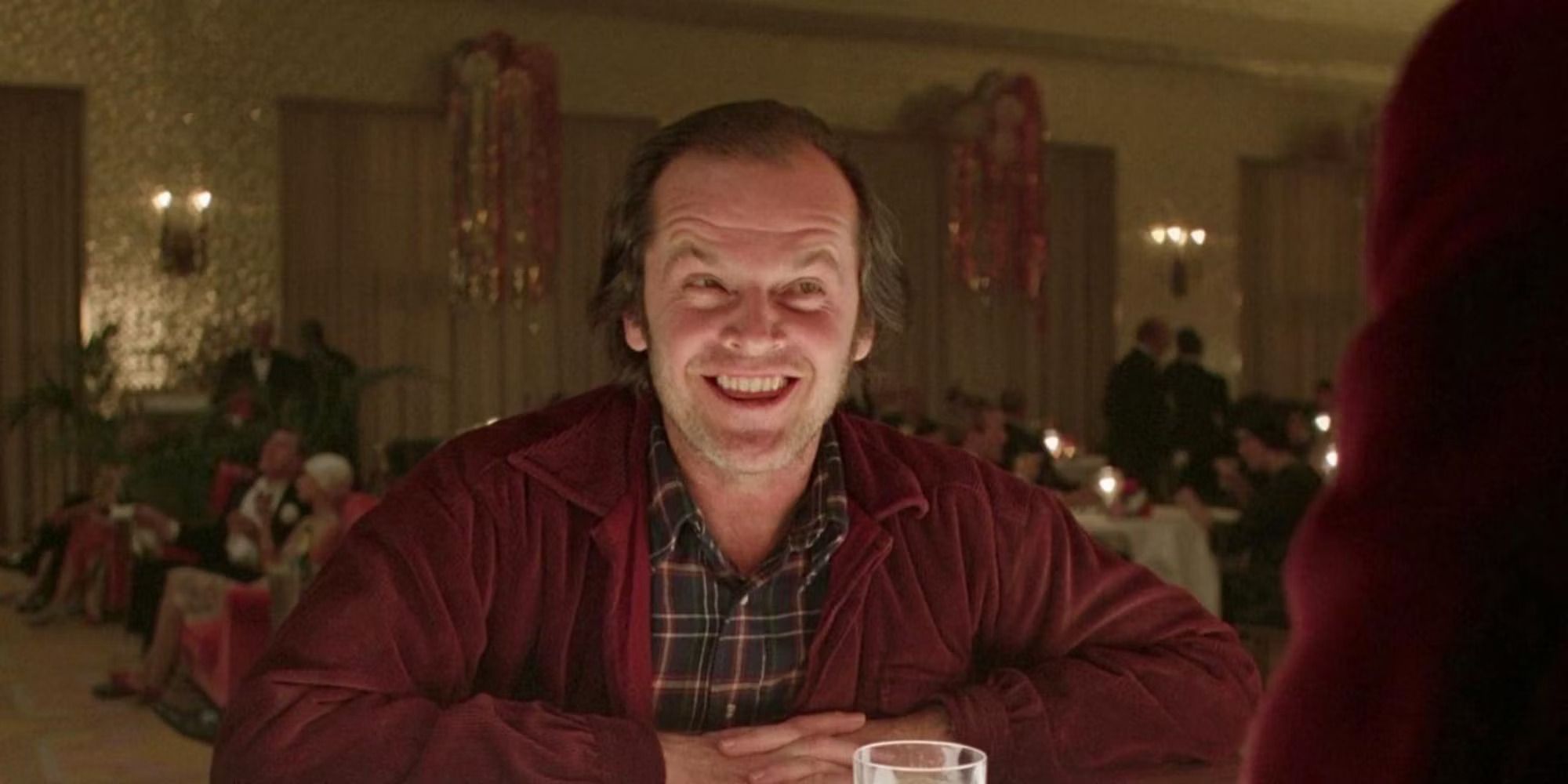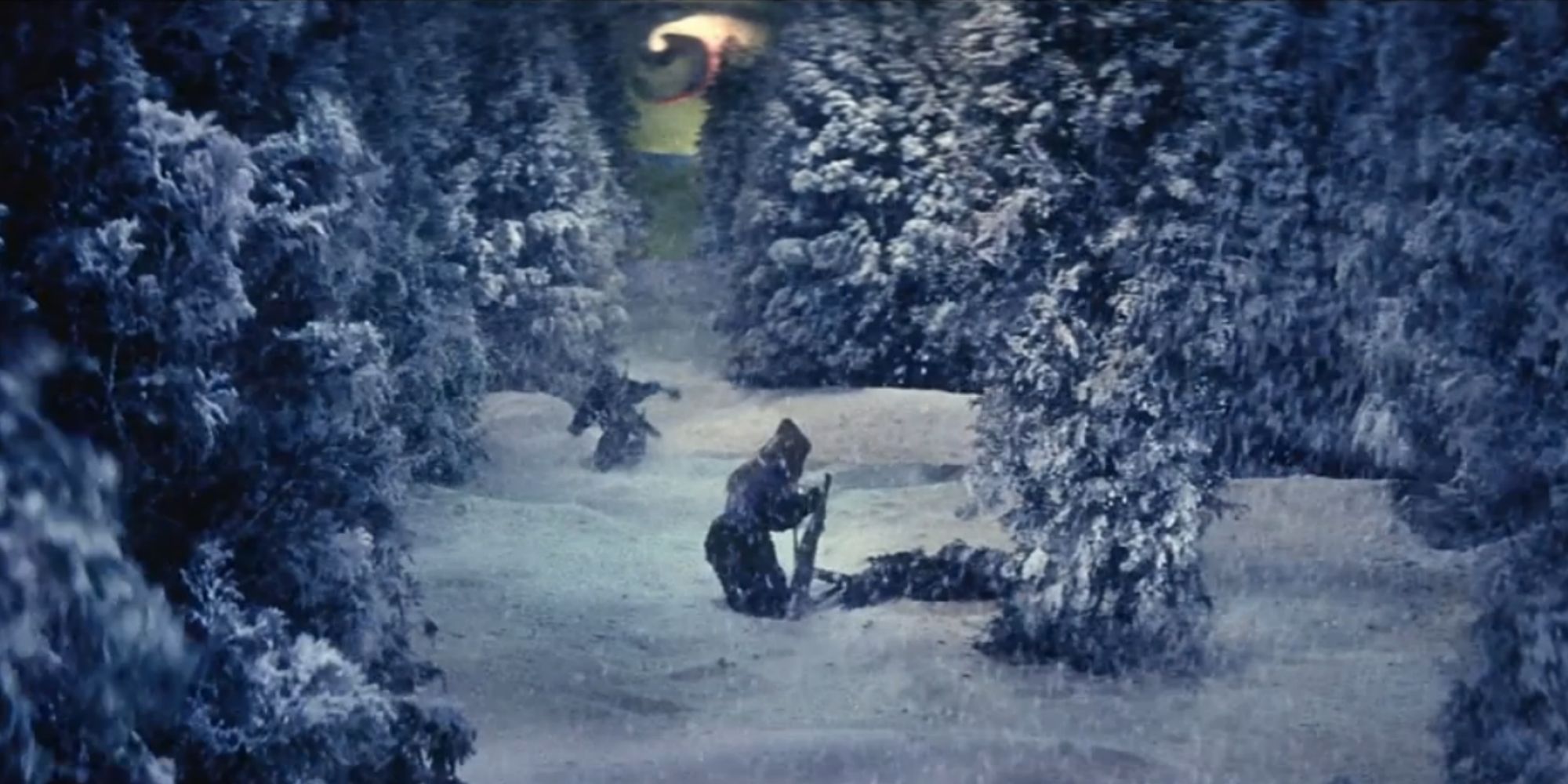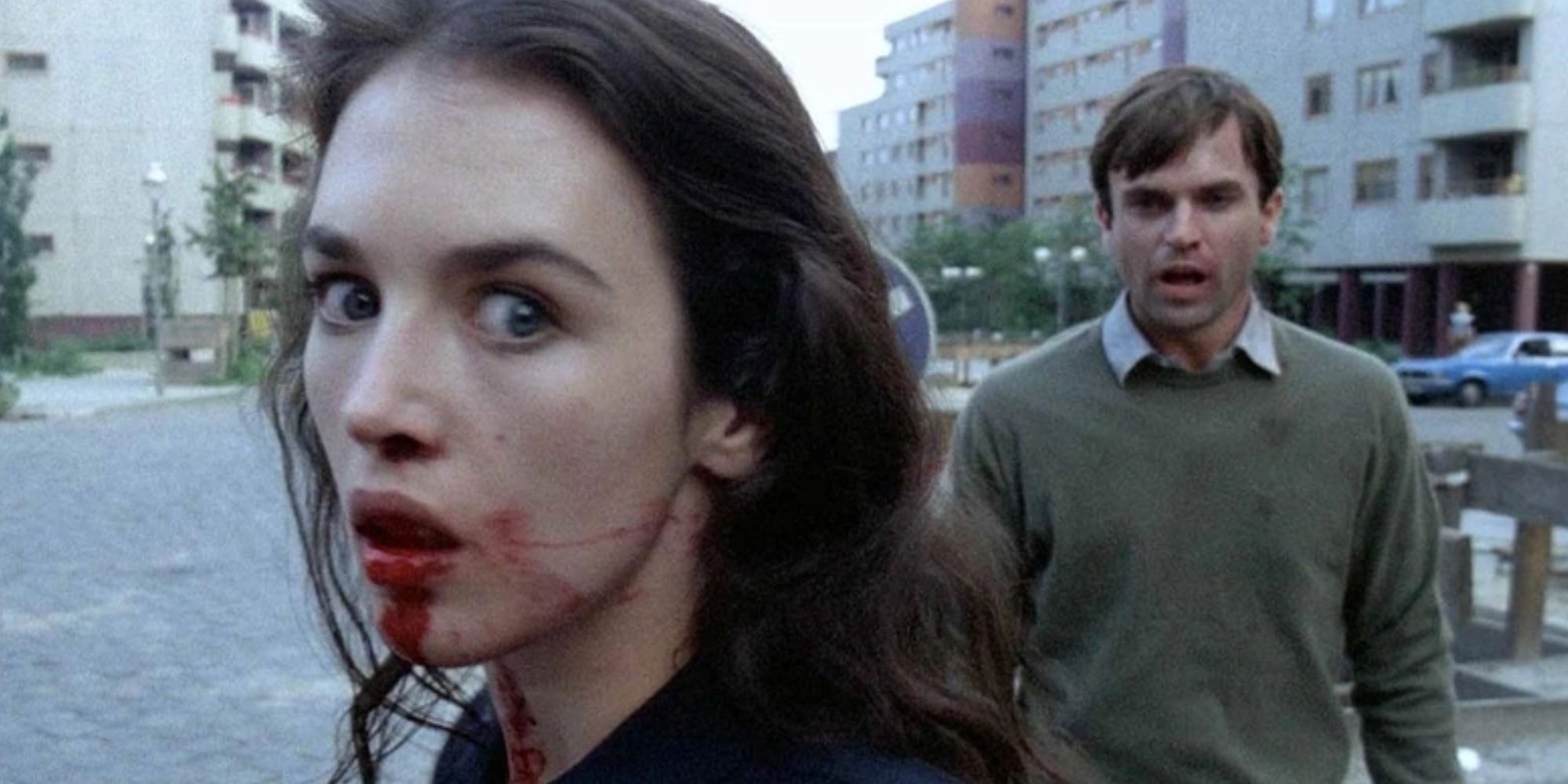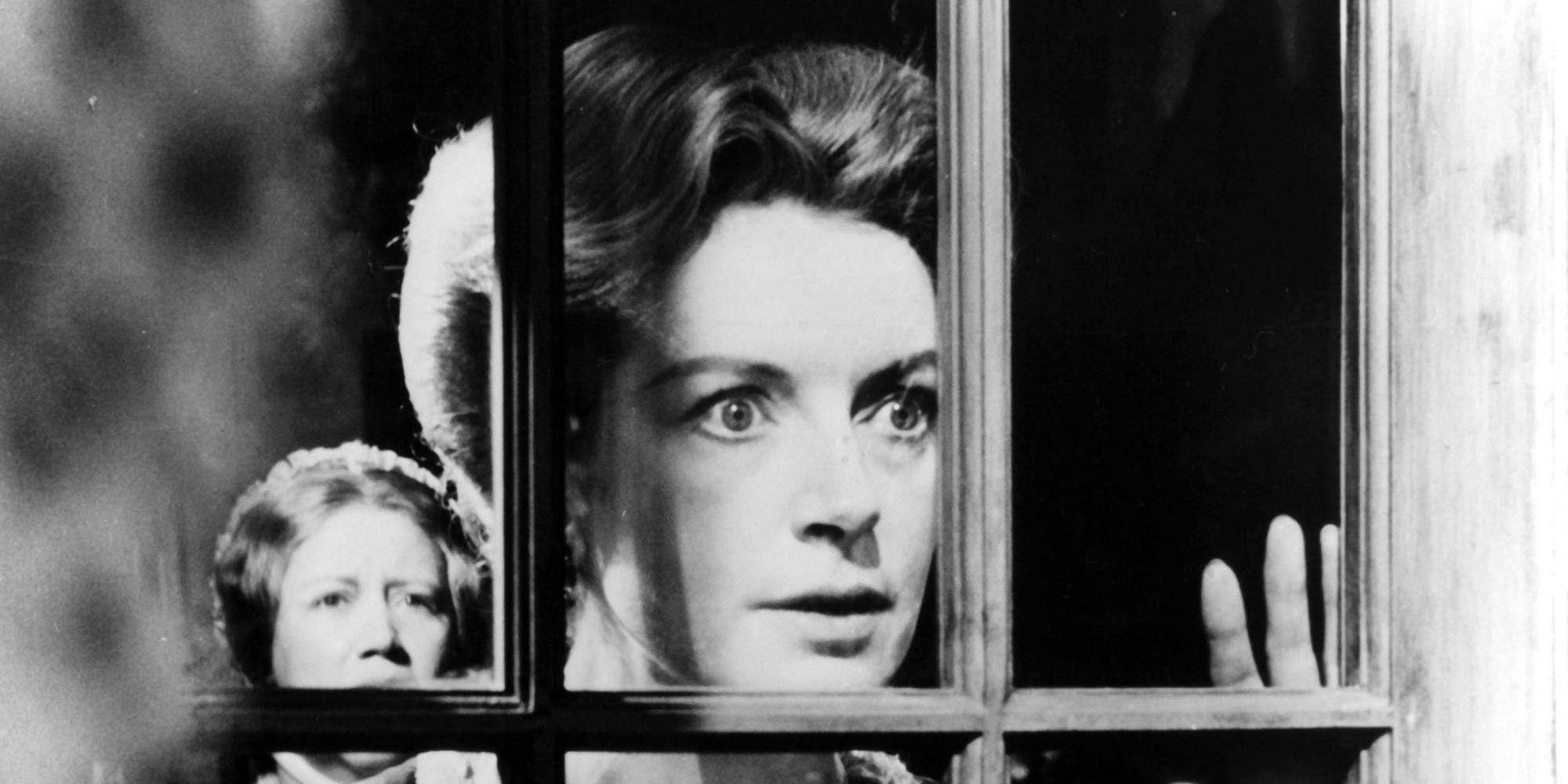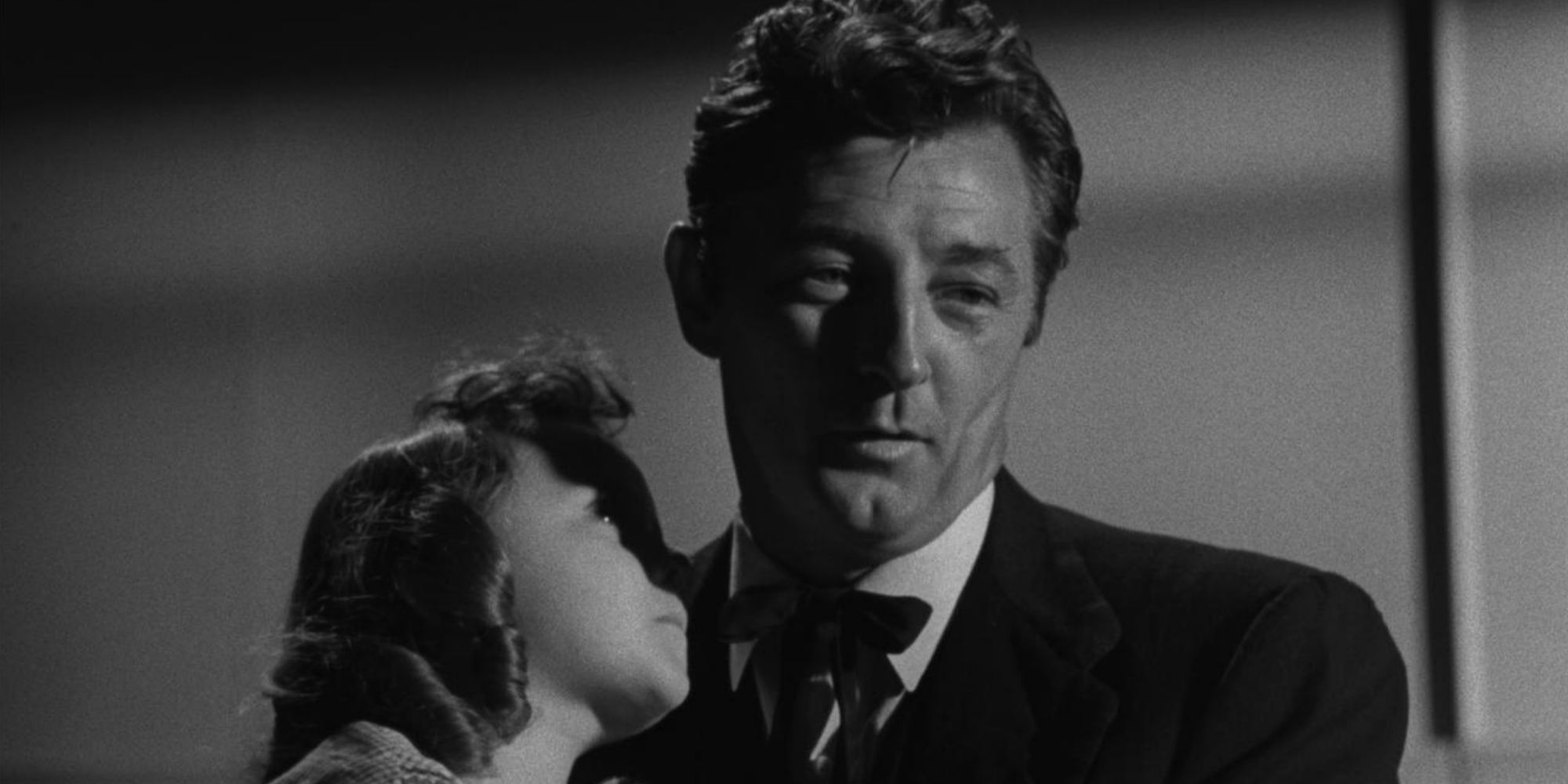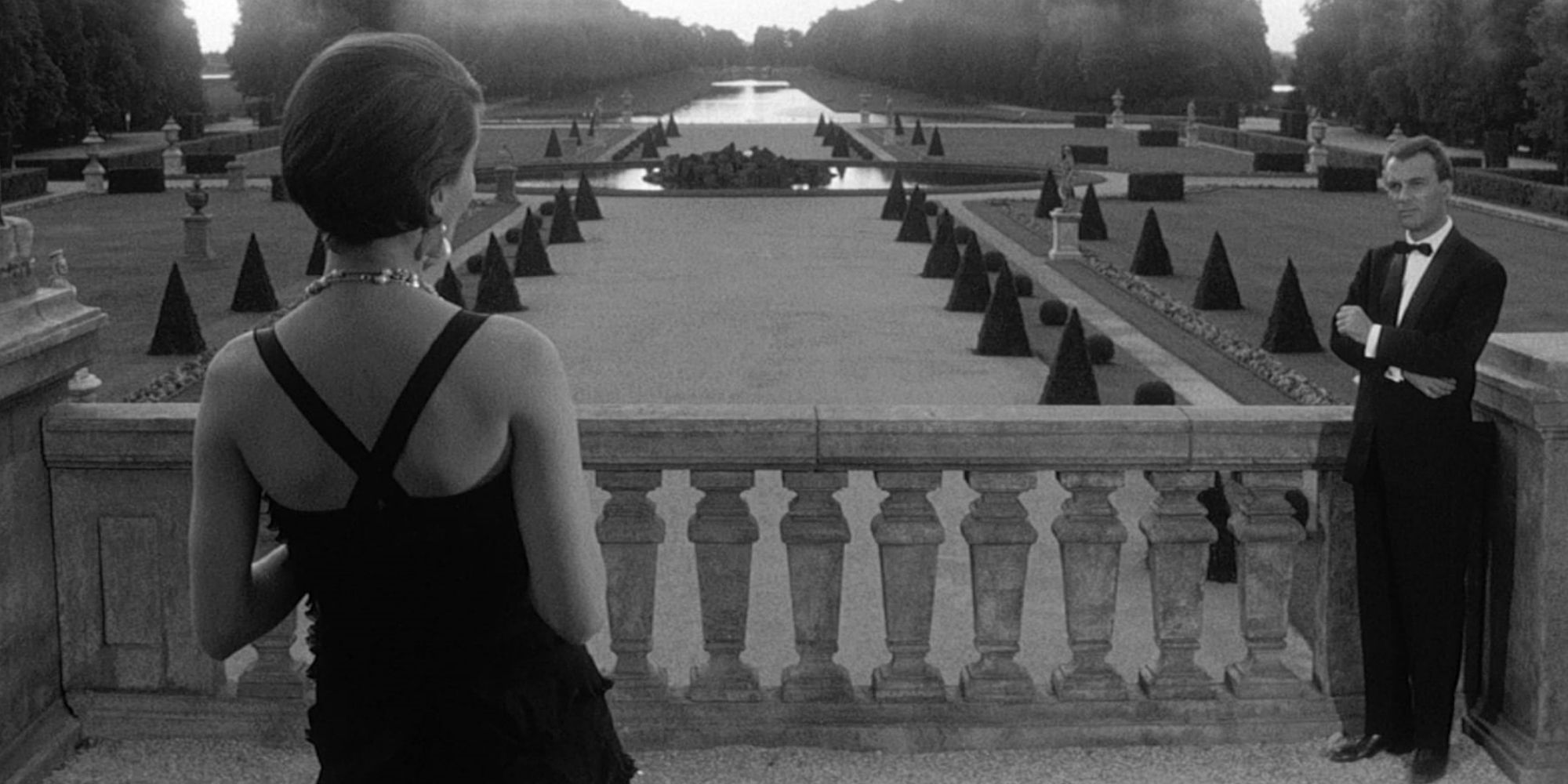Very few new horror film auteurs have made a splash quite like Ari Aster. The acclaimed Hereditary and Midsommar director made his feature film breakthrough with A24. Aster’s unsettling, slow-burn films are a breath of fresh air for horror fans. His films tend to set aside sheer spectacle to remind movie audiences of the power of dread.
Aster is not only a leading name in horror, but a loyal pupil of the genre himself. As Halloween approaches, fans might want to check out some of Aster’s favorite horror films.
‘Carrie’ (1976)
Carrie is the film that “traumatized [Aster] the most as a kid,” and yet what stuck with him ever since was the movie’s sense of tragedy and empathy. Adapted from Stephen King’s 1974 novel of the same name, Carrie was released in 1976 with significant critical and commercial success.
The film, like its source material, follows shy high-schooler Carrie White (Sissy Spacek). Relentlessly bullied at home and at school, Carrie’s abuse takes quite a turn when she begins to develop telekinetic powers.
‘Don’t Look Now’ (1973)
Upon the release of the psychological horror classic, Don’t Look Now was highly praised for its highly innovative exploration of trauma and grief. Its impressionistic editing and non-linear storytelling make it a captivating watch; Aster describes the movie as “a film that gives and gives upon repeat viewings – and socks you in the gut every time.”
Don’t Look Now is directed by Nicolas Roeg. It follows John and Laura Baxter – played by Donald Sutherland (The Hunger Games) and Julie Christie (Harry Potter and the Prisoner of Azkaban) respectively – a married couple who travel to Venice after the tragic loss of their only child.
‘The Shining’ (1980)
Based on Stephen King’s 1977 novel of the same name, Stanley Kubrick’s The Shining is undoubtedly known to those who aren’t familiar with Aster or his work. The chilling depiction of the film’s setting, the Overlook Hotel, is something audiences won’t forget. In fact, The Shining’s “dollhouse aesthetic” was a huge inspiration for Hereditary, which also sought to subvert the comfort of the main characters’ family home.
The Shining begins when Jack Torrance (Jack Nicholson), an aspiring writer and alcoholic, takes up work at a historic hotel. Accompanied by his wife, Wendy (Shelly Duvall), and son, Danny (Danny Lloyd), supernatural forces begin to influence Jack and his family, sending the Torrances down a dark path full of insanity and rage.
‘Kwaidan’ (1964)
Well over 50 years old and still scary, Kwaidan is a Japanese horror anthology film released in 1964. The movie made waves upon its release, winning the 1965 Cannes Film Festival’s Special Jury Prize and receiving an Academy Award nomination for Best Foreign Language Film.
The film is made up of four unrelated stories, adapted from writer Lafcadio Hearn’s collections of Japanese folk tales. According to Aster himself, Kwaidan (Japanese for ‘ghost stories’) “might be the most breathtakingly beautiful horror film ever made.”
‘Alien’ (1979)
This terrifying but great space horror movie made Ridley Scott a household name. With his 1979 film Alien, The Gladiator and The Last Duel director introduced audiences to one of the most recognizable movie monsters of all time. It also clearly had an influence on the atmospheric dread of Aster’s films.
Alien follows the crew of the star freighter Nostromo, who investigate a mysterious distress call from an uninhabited moon, only to find themselves being hunted by a deadly extraterrestrial creature.
‘Possession’ (1981)
According to Far Out Magazine, Possession was originally banned (in the US and UK) for its obscenity in the 1980s. Thankfully, Aster didn’t overlook this strange and sinister cult horror film.
The gripping psychological horror drama was directed by Andrzej Żuławski. It depicts the uneasy relationship between a spy (Sam Neill) and his wife (Isabelle Adjani) as they navigate a divorce.
‘The Innocents’ (1961)
Another of Aster’s recommendations is the hauntingly ambiguous psychological horror known as The Innocents. Released in 1961, it is based on The Turn of the Screw, a novella written in 1898 by Henry James.
Much like Mike Flanagan’s The Haunting of Bly Manor (another adaptation of James’ novella), The Innocents tells the story of a governess (Deborah Kerr) who comes to believe that the children in her care are being threatened by the supernatural forces haunting their estate.
‘Psycho’ (1960)
Directed by Alfred Hitchcock, the ‘master of suspense’ himself, Psycho is as influential as the creative genius of its director. Because the film completely overshadowed its original source material, it’s a little-known fact that Psycho is based on Robert Bloch’s 1959 novel of the same name.
Hitchcock’s 1960 adaptation is still regarded as one of the greatest and most suspenseful horror films. Psycho revolves around the disappearance of Marion Crane (Janet Leigh), who mysteriously vanished from a motel run by the bashful Norman Bates (Anthony Perkins).
‘The Night of the Hunter’ (1955)
Ari Aster demonstrates the breadth of his cinema knowledge with his adoration for The Night of the Hunter, a 1955 horror classic directed by Charles Laughton. Aster reassures his fans that the film noir thriller is essential viewing, stating that “Laughton’s Expressionist masterpiece is so great that it makes [him] want to pull [his] arms off.”
The Night of the Hunter is partially based on the real-life crimes of Harry Powers, a man hanged for the murder of widows in children in the early 1930s.
‘Last Year at Marienbad’ (1961)
An intentionally duplicitous and unreliable film, it’s easy to see why Last Year at Marienbad makes it to Aster’s list of must-see horror movies. The film is famous – or, in some circles, infamous – for its unsettlingly enigmatic presentation.
Through disorienting flashbacks and its dreamlike setting, Last Year at Marienbad explores the relationships between three central unnamed characters. The indescribable tension and intimacy of the avant-garde film is obviously what makes it one of Ari Aster’s favorite flicks.

